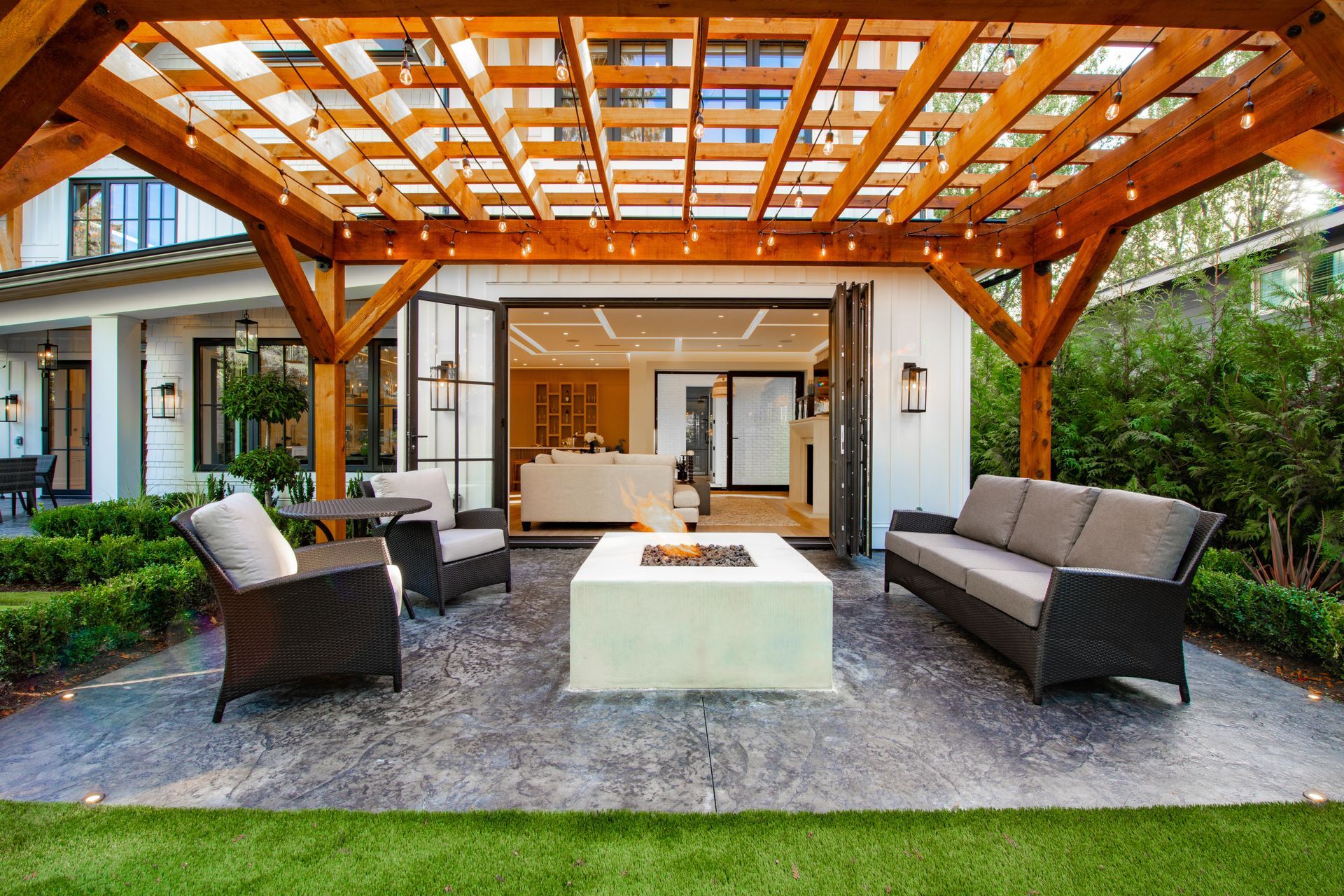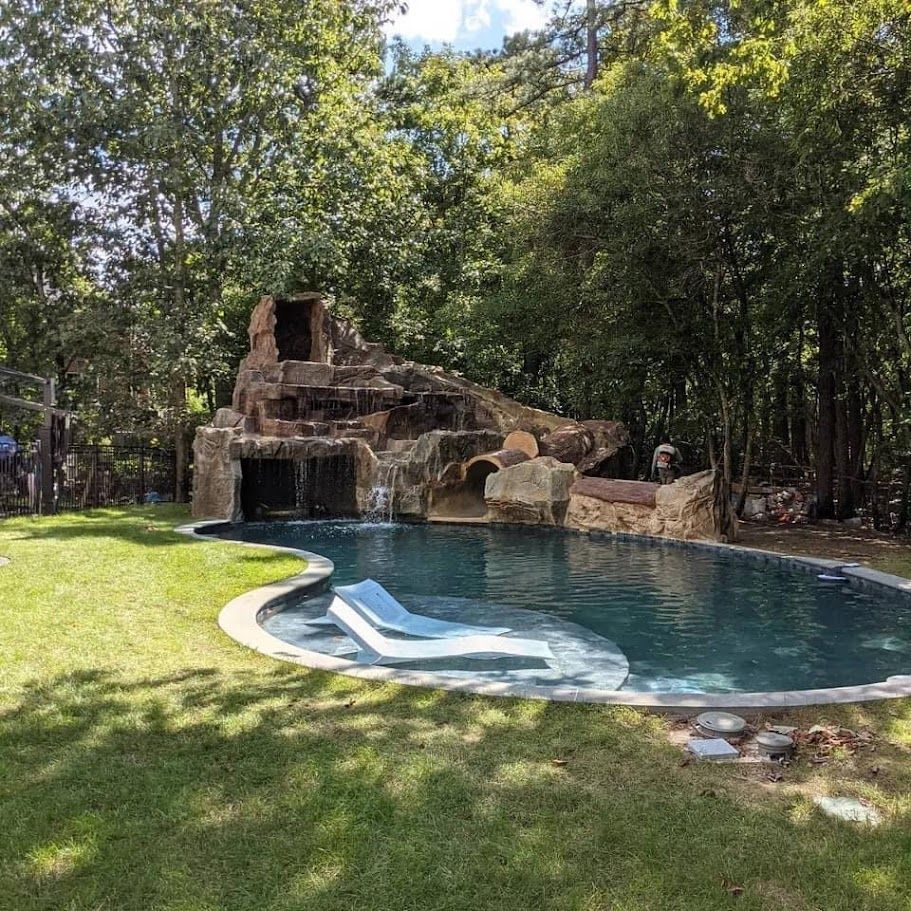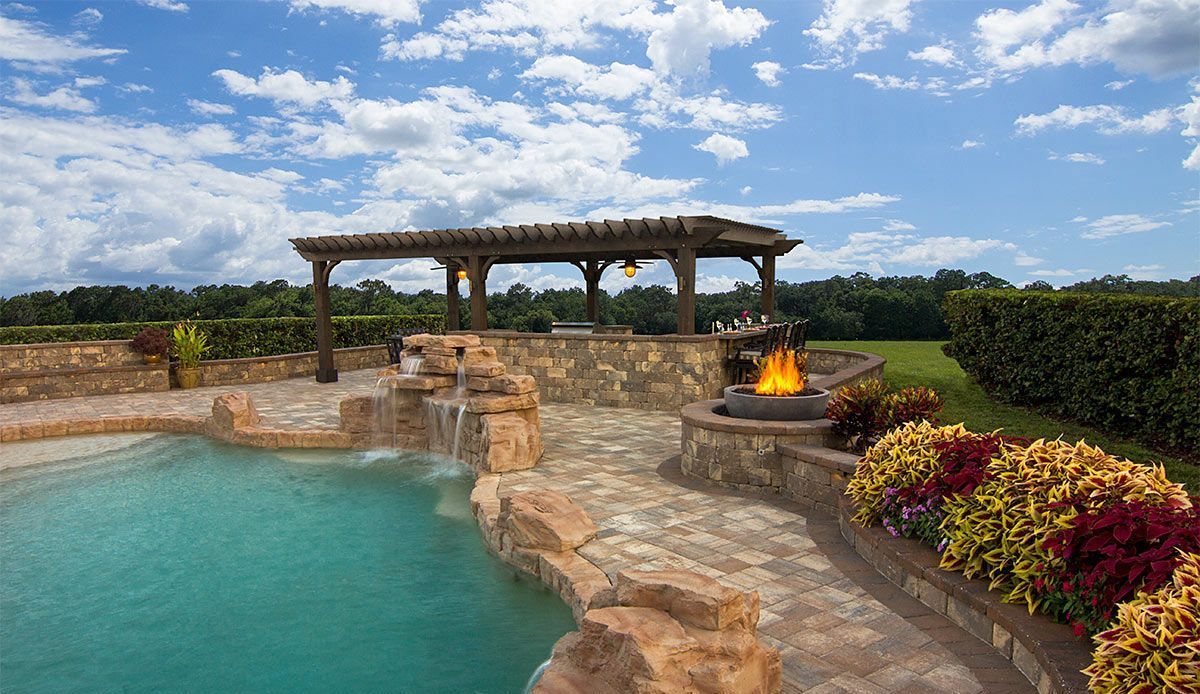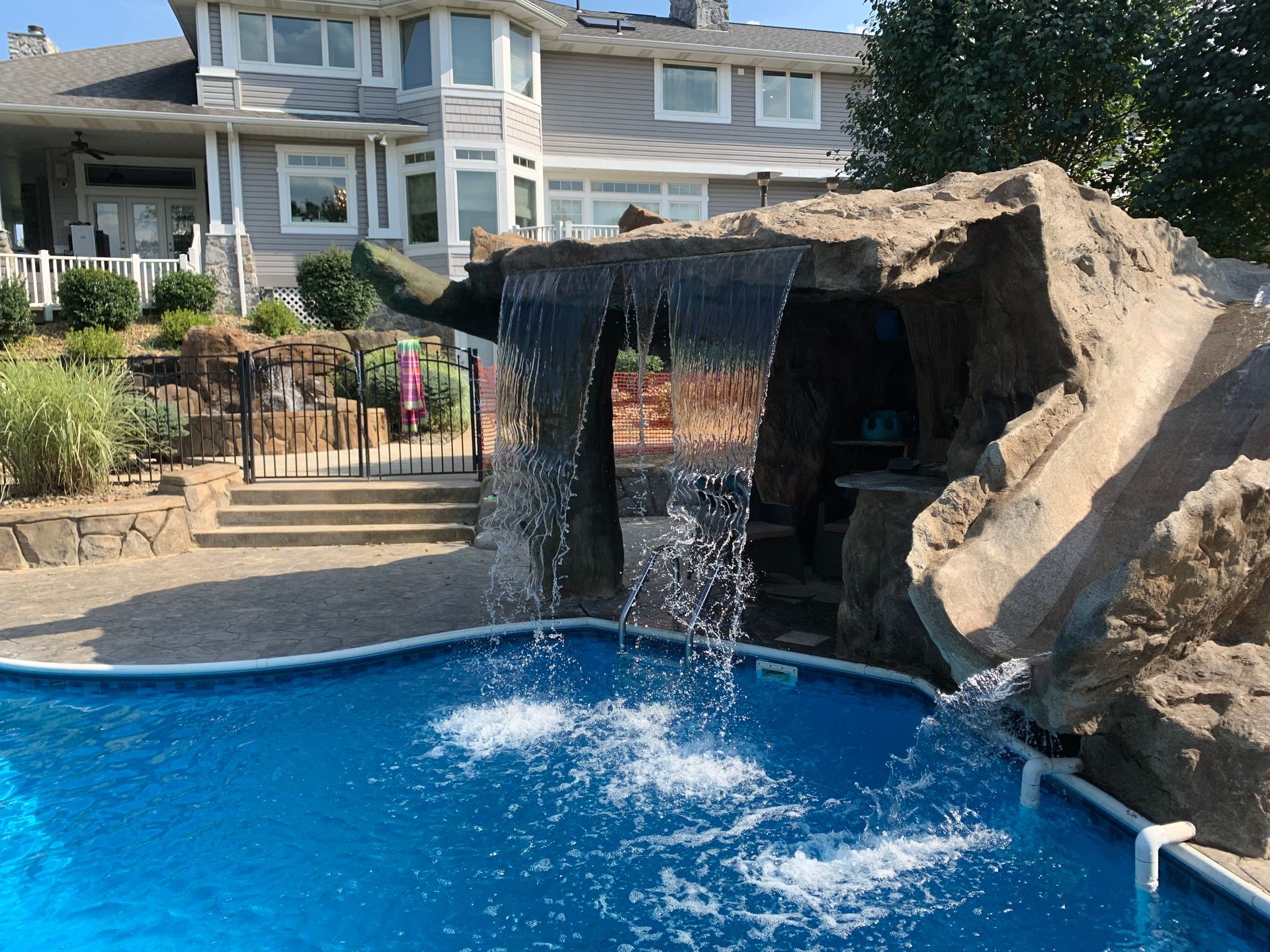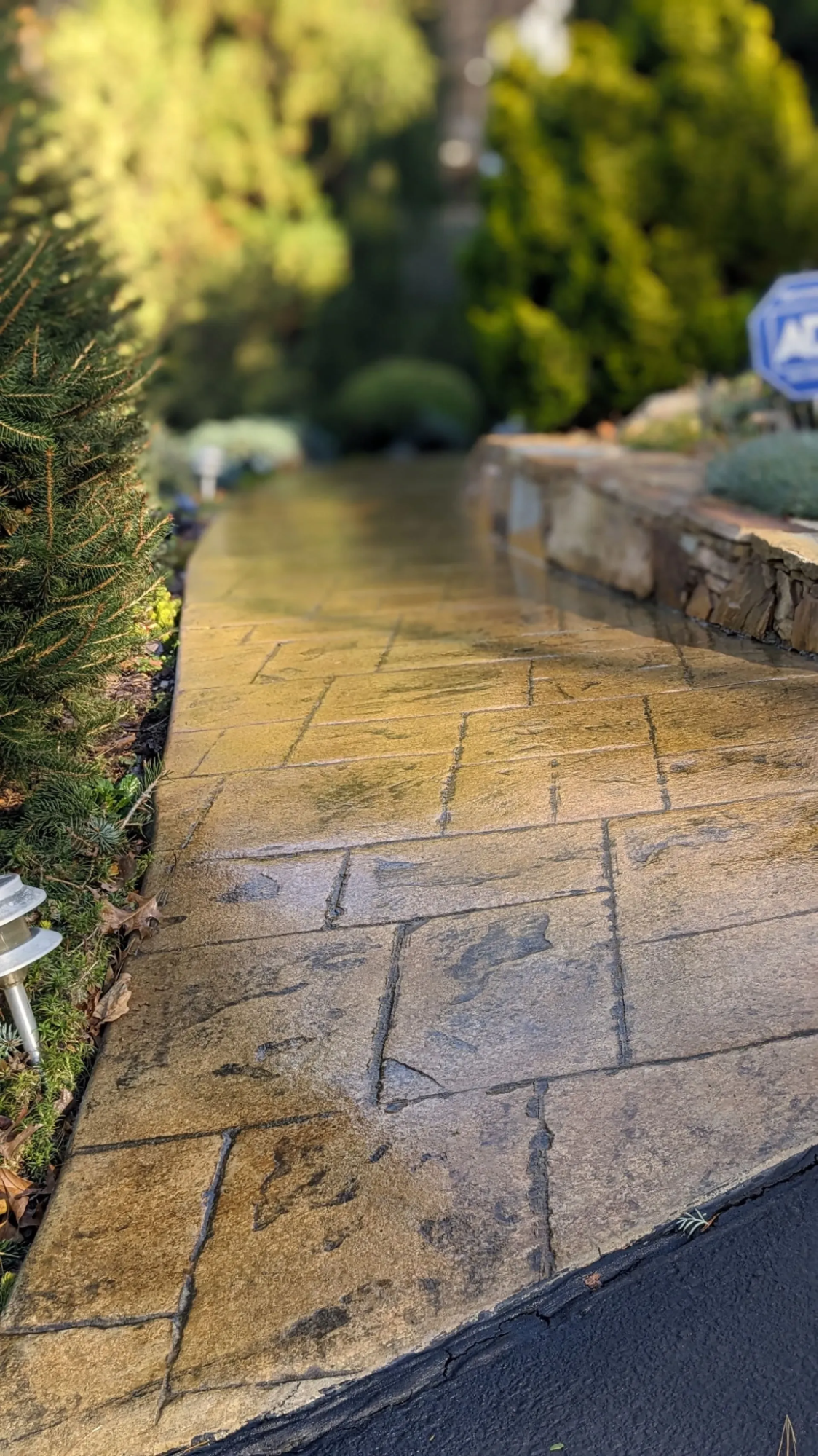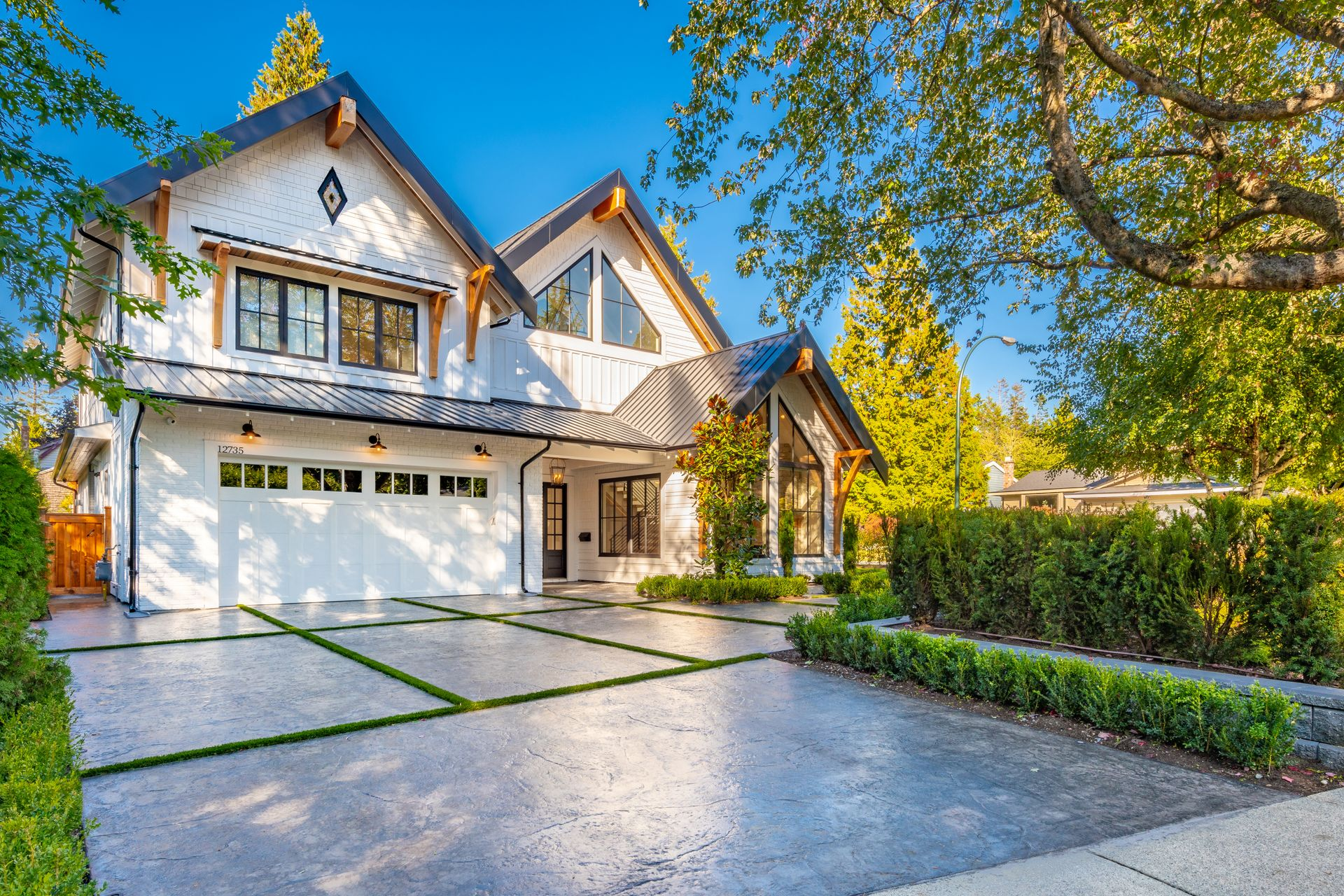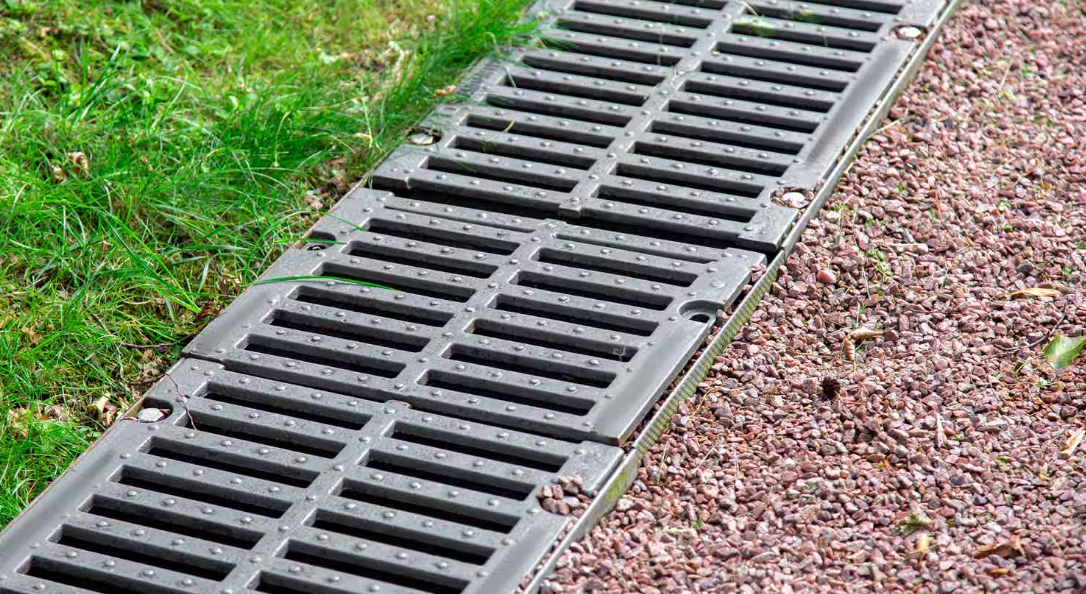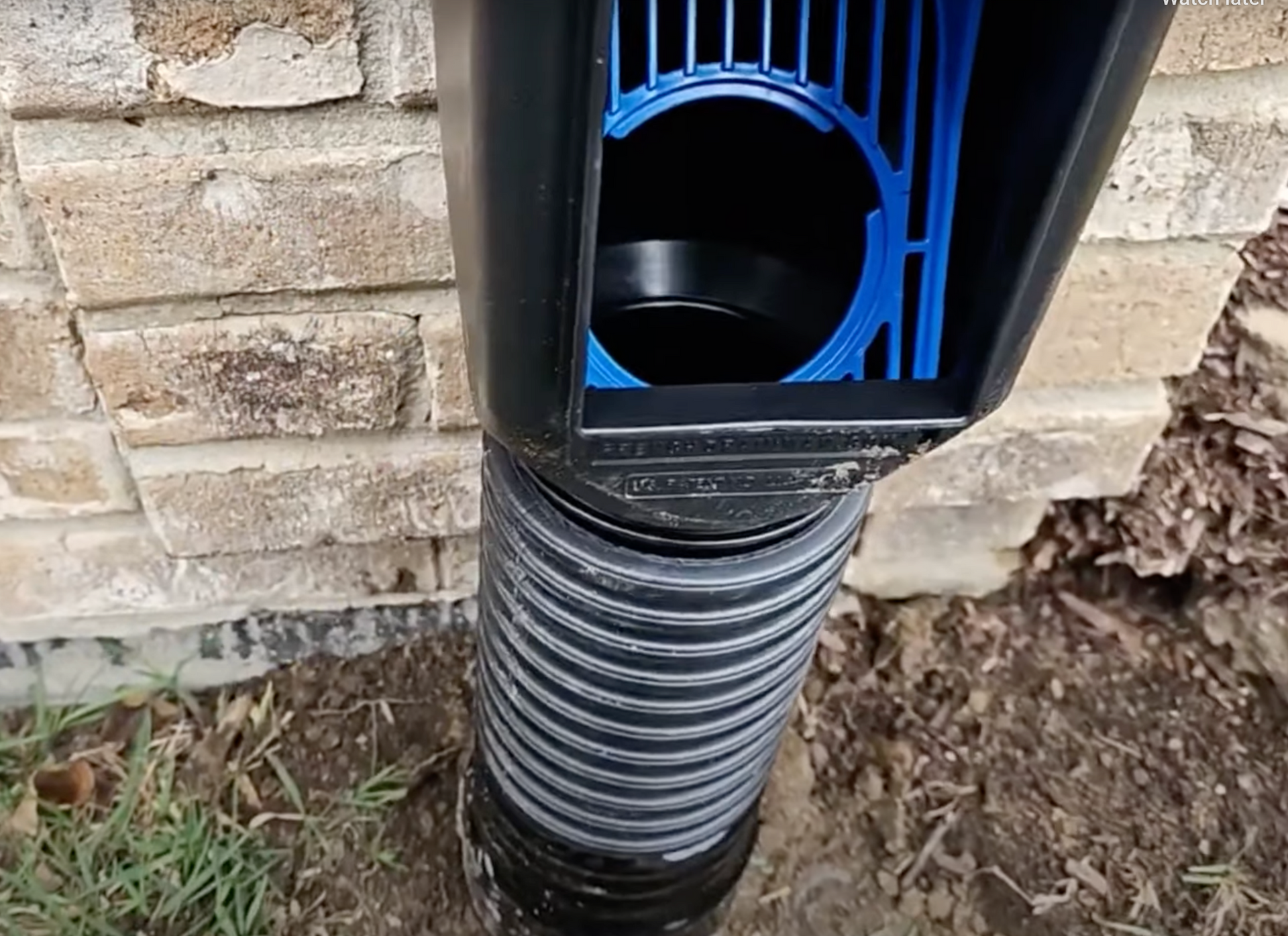Unique Stamped Concrete Designs for Exclusive Residences
You want something different. Not the same basic pavers your neighbor has. Not a poured slab that screams “builder grade.” You're building or updating a home that stands apart—and the exterior should match that level of detail and care.
Stamped concrete isn’t new, but it’s having a serious comeback in high-end residential spaces. Why? Because it offers the look of stone, slate, brick, or even wood—without the upkeep or the sticker shock.
Still, we get the hesitation. You’ve seen stamped concrete that looks fake or worse—like it was DIY’d and left to crack in the sun. This article will show you what’s possible when stamped concrete is done right. You’ll see design ideas that elevate your home’s value, reflect your taste, and turn outdoor areas into true extensions of your lifestyle.
What Is Stamped Concrete and Why It Matters
Stamped concrete is poured concrete that’s patterned or textured to look like more expensive materials. Think flagstone, cobblestone, travertine, or even reclaimed wood. The difference is, it’s one continuous surface—meaning fewer joints, less maintenance, and better long-term durability.
Why high-end homeowners are choosing stamped concrete:
- It’s customizable to match your home’s architecture
- It costs less than stone or tile
- It holds up against weather, salt, and moisture
- It can be sealed for extra protection and sheen
Stamped concrete combines practicality with style. And in exclusive residences where details matter, that combo is everything.
Common Design Mistakes That Make Stamped Concrete Look Cheap
Before we get into the good stuff, let’s clear the air. Not all stamped concrete is created equal. If you’ve seen stamped concrete that looks bad, it’s usually because of one of these issues:
1. Repeating patterns that look fake or too perfect
Some installers take shortcuts and reuse the same stamp orientation over and over. The result? It looks like a rubber stamp gone wild. A natural stone or wood look should never feel copy-pasted. The best crews rotate stamp mats and blend patterns so the final product looks organic—not factory-made.
2. The wrong color blend—too flat, too dark, or too much contrast
Color is a big part of what makes stamped concrete look realistic. Too much contrast can make the stamp lines look cartoonish. Too flat, and it looks like someone painted it. The best finishes use layered stains, antique releases, and subtle tones that complement the house.
3. Cracks from poor subgrade prep
Concrete cracks. That’s normal. But large, jagged cracks that appear early are often caused by poor prep work under the slab. If the base isn’t compacted properly or drainage is ignored, the slab can settle unevenly or shift. Control joints help—but only if they’re placed and cut correctly.
4. No sealer or a sealer that’s flaking
Skipping sealer is a huge mistake, especially for decorative concrete. A good sealer protects the surface from moisture, UV rays, stains, and freeze-thaw damage. But applying the wrong sealer—or putting it on too thick—can lead to peeling, flaking, or a sticky mess that never fully dries.
5. Poor edgework and sloppy transitions
Sometimes, the problem isn’t the stamped area—it’s what’s around it. Jagged edges, abrupt transitions to grass, or messy borders make the whole thing feel unfinished. High-end installations should look clean and intentional from every angle.
You don’t have to settle for this. But you do need to work with professionals who specialize in stamped concrete for custom builds or upscale renovations. This is not a job for a basic flatwork crew. This is precision work—and when done right, it shows.
Design Ideas for Exclusive Homes
Now, let’s get into real design inspiration. These stamped concrete ideas are being used in luxury homes across the country—and they work especially well for properties with outdoor entertaining spaces, pools, or scenic views.
1. Seamless Stone Look for Driveways
Skip the joints and cuts. Go with a slate or flagstone pattern using multiple stain colors to blend with your home’s exterior. The result? A clean, high-end driveway with zero shifting like you’d get with pavers. Add a matte sealer to keep it understated.
2. Wood Plank Stamped Pool Decks
Yes, wood look—without the rot or splinters. These pool decks look like wide planks of driftwood or reclaimed barn wood, but they’re actually concrete. Custom staining makes the grain stand out. Textured for safety. Zero maintenance.
3. Mediterranean Courtyards
Use a tile pattern stamped into warm-toned concrete with light antiquing. Think terracotta meets limestone. Perfect for courtyards or entryways, especially if your home leans Spanish, Tuscan, or coastal.
4. Modern Geometric Stamping
Not all stamped concrete has to mimic nature. Large-scale grid patterns or clean herringbone designs work great in modern homes. These patterns keep the look minimal but add interest—especially when paired with charcoal or cool-toned stains.
5. Stamped Borders and Inlays
Already have concrete? You can add stamped concrete accents around your pool, along walkways, or as a border for your driveway. It’s a subtle upgrade that makes the whole space feel curated.
Where to Use Stamped Concrete in an Upscale Property
If you’re thinking beyond just the driveway or patio, here are some great places stamped concrete can add value:
- Outdoor kitchens – With the look of tile or stone, but less slipping and easier cleanup
- Walkways and garden paths – Flowing seamlessly from front to back
- Covered patios and lounges – Especially in climates with humidity, where wood won’t last
- Pool decks – Heat-resistant, non-slip, and stylish
- Firepit seating areas – Add curved stamp patterns to create an inviting feel
Because concrete is poured in place, it’s versatile enough to work with slopes, curves, and other unique terrain.
Maintenance and Longevity
Stamped concrete is durable, but it still needs care to look its best long-term. Here’s what you should expect:
- Seal every 2–3 years (depending on climate)
- Clean with mild detergent and a soft brush—no pressure washing unless done carefully
- Watch for minor cracks and reseal early to prevent damage from moisture
Compared to pavers or natural stone, it’s still far easier and cheaper to maintain. No weeds, no sand replacement, no settling.
Why Choose Stamped Concrete Over Natural Stone or Tile?
Stamped Concrete wins in three key areas:
- Price: You get a luxury finish at a fraction of the cost of natural materials
- Speed: Most installs are done in less than a week
- Durability: No grout lines, no shifting, no breaking
For homeowners who want the look of stone without the issues, stamped concrete is a smart investment. It’s not a trend—it’s a proven material that’s finally getting the recognition it deserves in high-end residential construction.
Final Thoughts
If you’re building or remodeling a home that deserves more than the basics, don’t overlook your hardscapes. Concrete doesn’t have to be boring. Done right, stamped concrete can match the style and substance of your entire property—without blowing the budget or creating long-term headaches.
Elite Outdoor Living Solutions specializes in stamped concrete for custom homes, luxury remodels, and outdoor living spaces that need a tailored touch. From consultation to final sealing, their crew knows how to make concrete look anything but ordinary.
